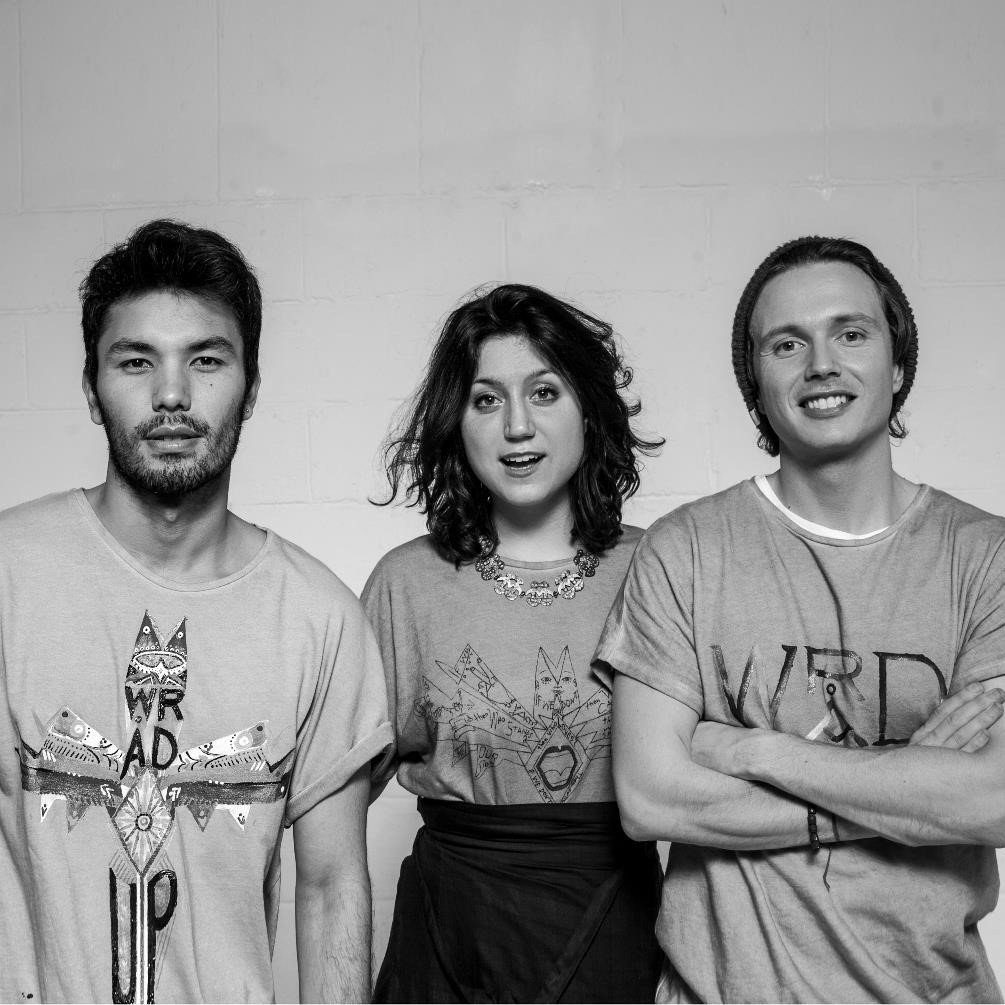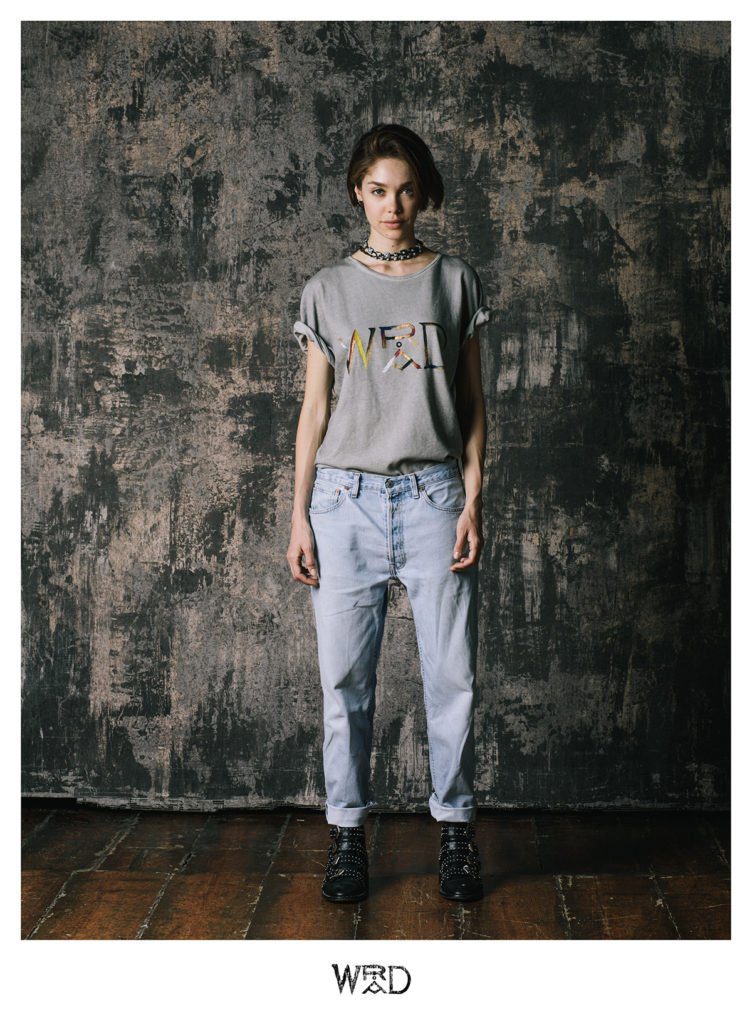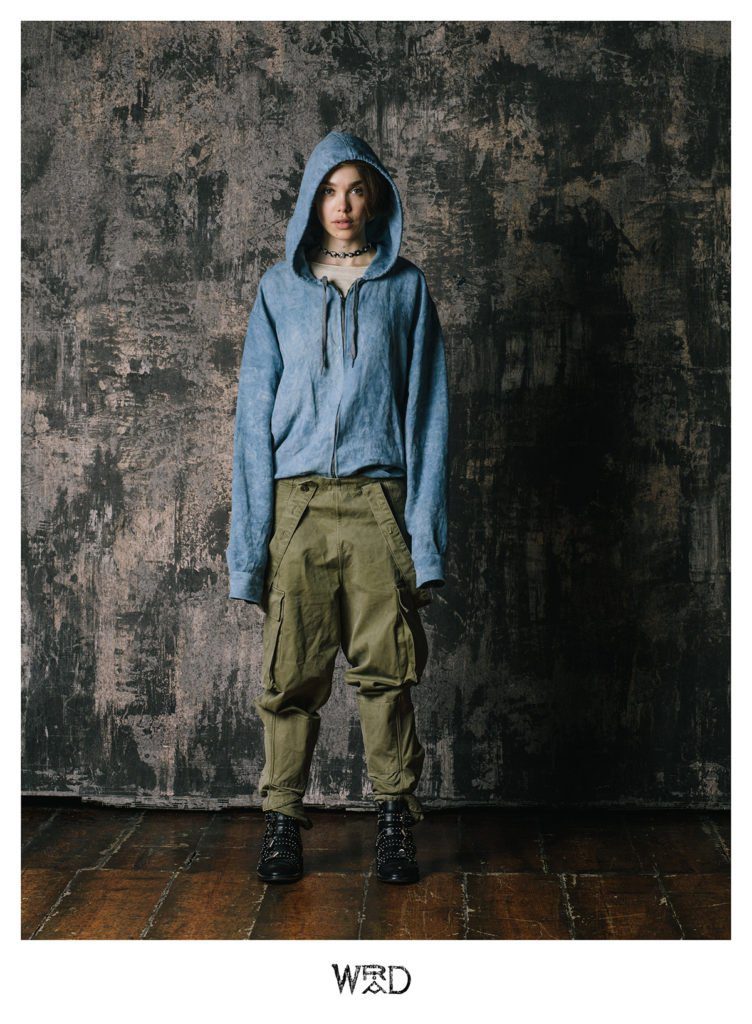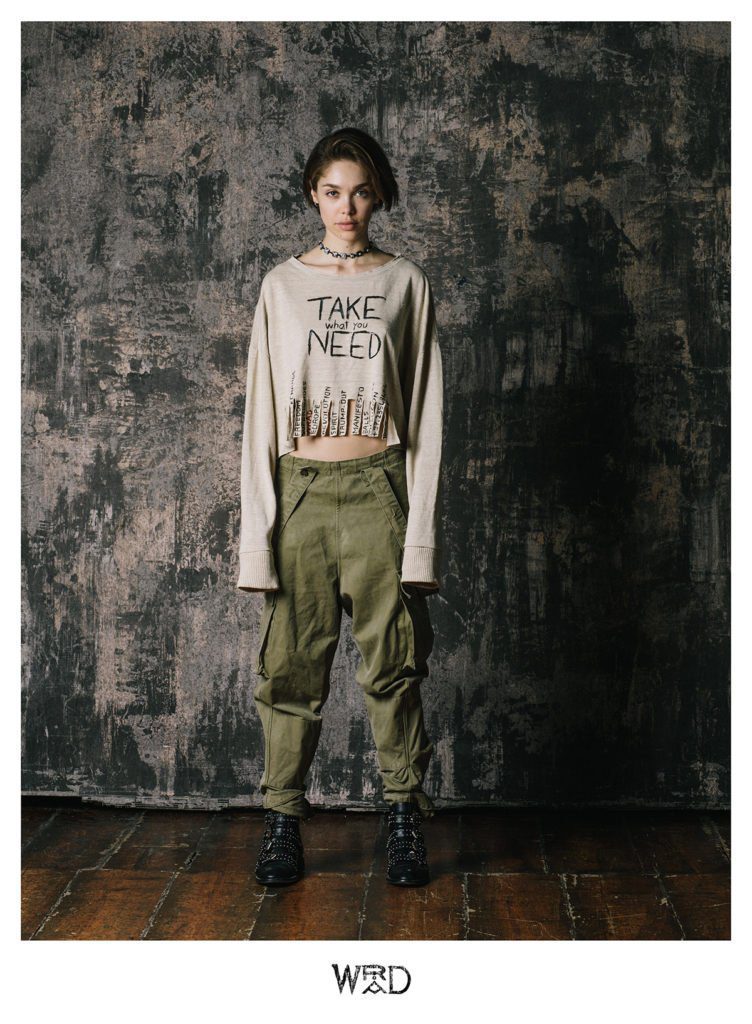I like that this interview with my first male guest coincides with the day of legality, a day that wants to remind the Capaci slaughter in which Giovanni Falcone lost his life, a fair man who fought for change, for a more honest and clean society. People I interview on this monthly page are, in their little, bearers of great changes and, in my opinion, revolutionaries and dreamers but dreamers who realize their dreams and who work so that others can, in their turn, dream and share them. Like Matteo Ward, founder, along with Victor Santiago and Silvia Giovanardi (whom you see together with Matteo in the cover picture), WRÅD, a sustainable brand that goes far beyond the concept of a label to embrace a true philosophy of life. But let’s hear directly from Matteo the many interesting things he has to tell us.
So Matteo, Marina Spadafora nominated you for this interview saying two things: that you are the founder of the WRÅD brand and that you have rediscovered an ancient method of dyeing materials with graphite saving on water. I would say that they are two good ideas to start from. Would you like to tell me how WRÅD was born (which is also the anagram of your last name, I do not think it’s a coincidence!) And, then, what does this method of dyeing consist of?
Marina, one of our mentors! Thanks Mari! WRÅD (crasis of the words RAW and RAD) is born as Instagram page in 2015 to tell through the images of Victor Santiago, co-founder and art director of the brand, the real cost of fashion industry to people our own age and to the younger Z generation. With us also Silvia Giovanardi, co-founder and today creative director. From there, gradually, we begin to feed the incentives for the development of strategic and functional partnerships to transform WRÅD into an innovator and then brand, with a precise mission: do everything possible to inspire people to express intangible values through tangible products, realized for the environment and people in the best way. Here are born innovative processes such as the dyeing with recycled graphite, developed thanks to a synergy with a company from Vicenza, Alisea Recycled & Reused Objects Design and its program ‘Endorsed by Perpetua’ which provided us with the necessary resources to realize one of our objective: to dye the fabrics not with chemical pigments but with the graphite recovered from the processing of the electrodes, otherwise destined for landfill. An idea that has been inspired by tradition, as the Romans already dyed with this mineral and passed down to us from the spectacular community of Monterosso Calabro, a Calabrian village, which has kept this practice alive for more than 2000 years.
I have read that it is also thanks to this method that last year WRÅD won ‘Best of the Best 2017’ at the Red Dot Design Award, one of the most important design awards in the world; the product created was the GRAPHI-TEE ™ t-shirt, if I’m not mistaken. Is it a prototype that you then reproduced in the following collections? Is there any other iconic item in production characterized by particular techniques or materials?
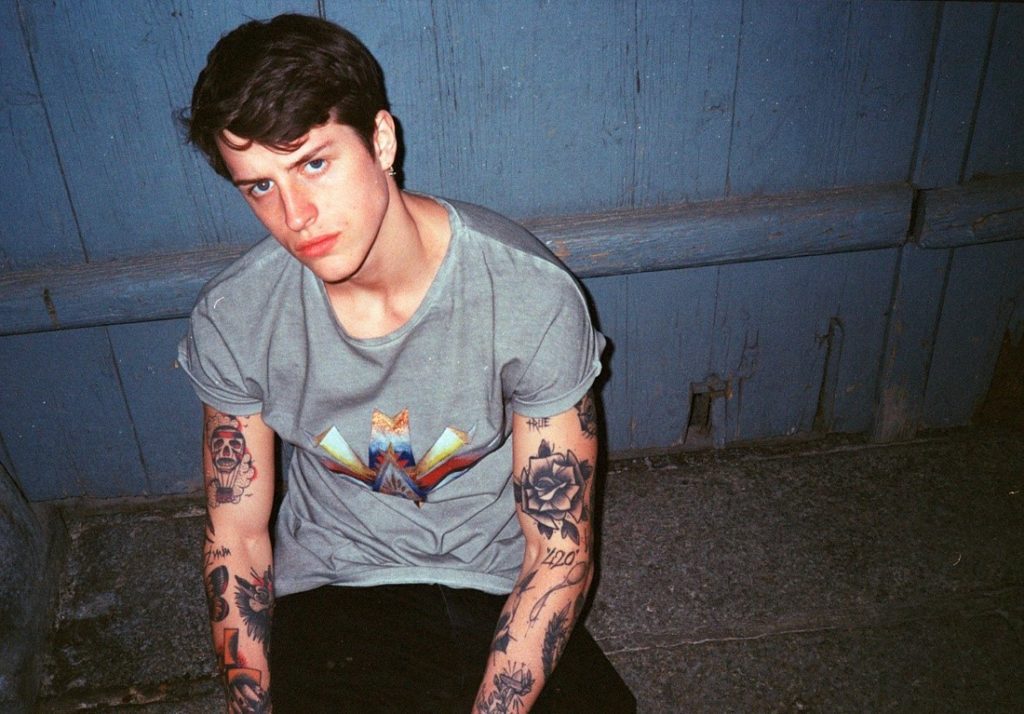
Exactly, WRÅD GRAPHI-TEE Endorsed by Perpetua is the first product we have put on the market with this technology. It won as ‘Best of the Best’ at the RedDot Design Award because it is not a simple t-shirt, but a manifesto of sustainable innovation with enormous potential for the entire industry. Innovation that not only reduces the environmental footprint of the product in a circular key, but also improves its performance, being the graphite a natural lubricant. The evolution of GRAPHI-TEE is g_jacket, presented on the stage of FashionTech and FashionSustain Berlin last January, the first jacket in organic denim dyed with recycled graphite with a process protected by Alisea Recycled and Reused Objects Design patent that allowed us to reduce the environmental impact during the dyeing phase by 96%.


WRÅD is therefore a brand, a start-up but also a movement (I know that you also do activities in schools), a movement like the Fashion Revolution Italia, of which you are coordinator with Marina Spadafora; how do these different activities interconnect with the commitment to generate awareness about the negative impact that fashion has on the planet and our lifestyles?
Victor, Silvia and I are convinced that the paradigmatic change in the sector that we hope, can not happen unless the problem of informative asymmetry about the real impact of fashion is resolved. If people do not know that every day we wear products that do not reflect us from the point of view of values, how can we expect that important innovations on the production front can find a demand on the market? How can we arrive at a new economic balance that puts the needs of the planet and workers at the center if we do not first solve the real cause that led to fast fashion dominating? As demonstrated by the economist Akerlof in the 1970s, information asymmetry does nothing but generate market inefficiencies that leads to lower quality products to dominate. That’s why we invest a lot of time in education in schools, activities that we love. Last year with Fashion Revolution we have reached almost 5,000 high school and university students. People care when they know.


Your knowledge also comes from a degree in economics and before founding WRÅD you were in charge of Corporate Social Responsibility at Abercrombie & Fitch; how much your studies and professional experience influenced your subsequent choices, choices that also seem like a ‘mission’ of life?
I learned a lot at Abercrombie & Fitch. Thanks to my dual role (Sr. Manager in Germany and Co-Chair of the Global Diversity and Inclusion Council) I was able to gradually find out (in 2013 and 2014) that 90% of textile products were no longer able to meet my needs and those of my generation and our planet. I understood that what I was banally doing, my job, my life, were no longer aligned with my identity and purpose: to have a positive impact. Victor and Silvia lived the situation in similar ways. From a personal crisis situation to the motivation and willingness to build a brand and a work that were a genuine reflection of this aspiration, after a few years and certainly thanks to my studies, we got there. I am particularly fond of marketing and branding strategy and I have studied the positions of Kuelwein and Schaefer, communication experts who have outlined the position of the so-called über-brands, brands with a social function that transcends the products they sell.
So we can say that WRÅD is also a über-brand! Matteo, this is a question I ask all my guests: can we ever talk about eco-à-porter?
This is my purpose and that of Victor and Silvia. Building sustainable products able of entering everyone’s closets, an accessible, democratic, inclusive ready-to-wear. We are gradually coming, making WRÅD’s business model innovative too.
Great. And I believe it with you, Matteo. I would have many other things to ask but for now I stop here, but I’m sure we’ll talk about WRÅD very soon again. But you should ‘nominate’ the next interviewee. Who will be and why?
Do you know Sara and Francesca of ‘Very Important Choice’? With their “an alternative to fast fashion” payoff, they are setting up the first Italian platform of sustainable clothes rental. Check them out! 🙂
Really interesting, I will contact them certainly. Thanks Matteo, it was really a pleasure, good luck to you, Silvia and Victor for your work and future projects, keep me informed!












